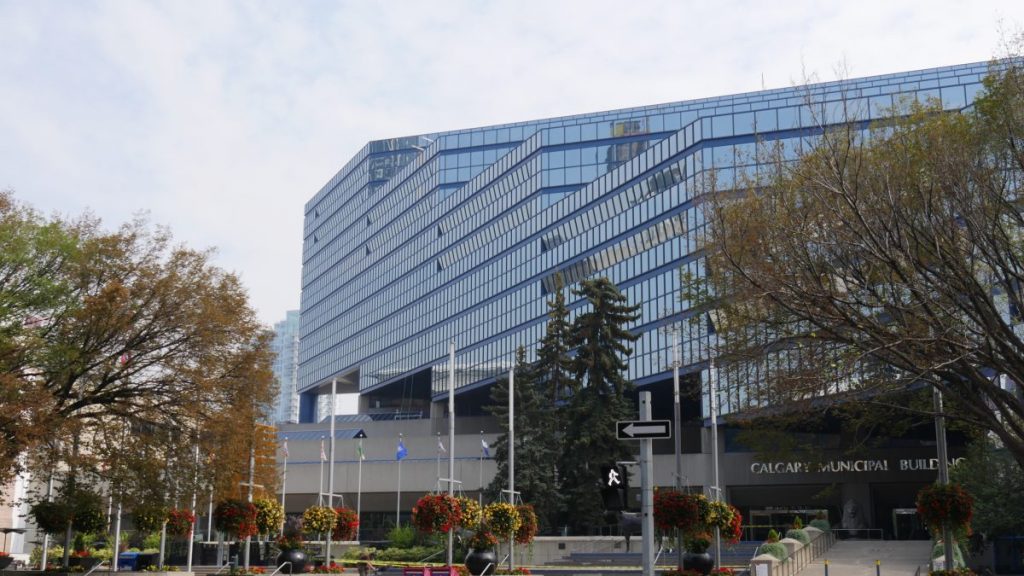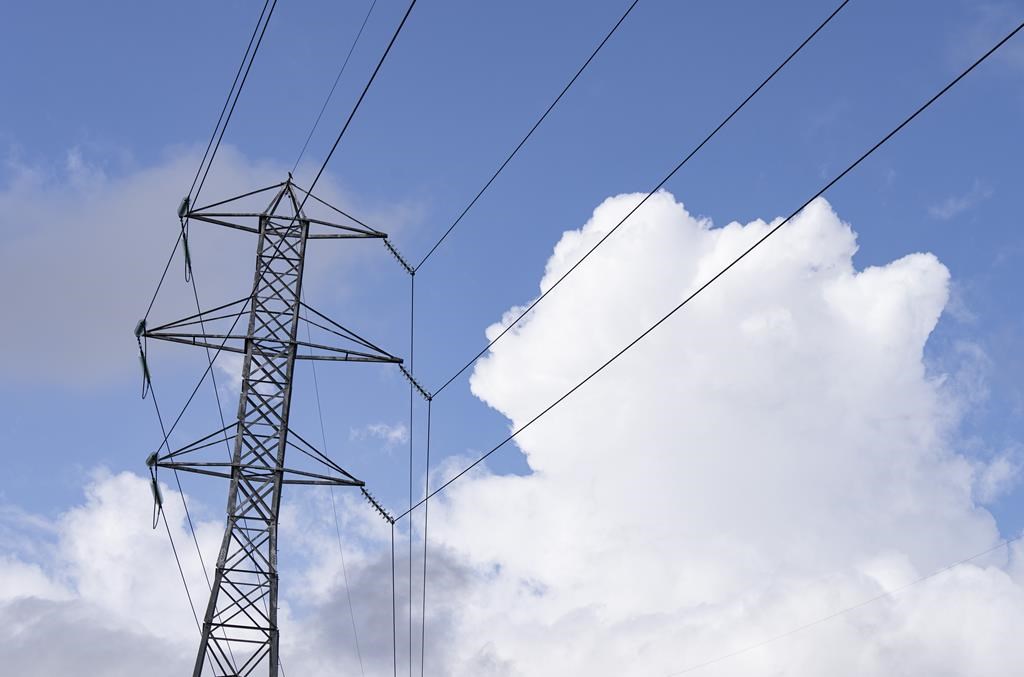Environmentalists slam eco-certification of Atlantic longline swordfish fishery
Posted Apr 20, 2012 4:22 pm.
This article is more than 5 years old.
HALIFAX – Canadian environmental groups say the certification of the Atlantic longline swordfish fishery as sustainable is misleading to consumers because other marine animals get snagged and die in its fishing gear.
The Sea Turtle Conservancy and the Ecology Action Centre say the longline fishery should not have been granted eco-certification by the Marine Stewardship Council because it is responsible for the deaths of thousands of sharks and sea turtles through bycatch.
Marydele Donnelly, director of international policy at the Sea Turtle Conservancy, said it’s a major blow to northwest Atlantic populations of loggerhead turtles that get caught up in its lines.
“I don’t think that you can say that you’re a sustainable fishery when you’re killing so many other non-target animals,” said Donnelly in an interview from Washington, D.C.
The groups estimate longline fishing kills approximately 35,000 sharks and up to 500 endangered sea turtles each year.
Jordan Nikoloyuk, the sustainable fisheries co-ordinator at the Ecology Action Centre in Halifax, charged that the certification is misleading.
“I’m disappointed in the confusion that it adds to the marketplace … and it’s disappointing they’re being mislead,” said Nikoloyuk.
“When you have a fishery like this that catches such a large number of sharks — five times as many sharks as the target swordfish — I think there should be a much more precautionary stance, particularly when you’re giving it this … eco-certification and trying to get people to buy it as a good environmental choice.”
Nikoloyuk said more measures should be in place to protect the bycatch, such as limiting the number of turtles that can be caught and using larger hooks so it is harder for sea turtles to swallow them.
Mike DeCesare, a spokesman for the council, said the assessment determined the shark and turtle bycatch was within “biological limits.”
“The assessments are not only subject to input by stakeholders, but the work of the expert certification teams is also in itself peer reviewed by other scientists,” DeCesare said from Seattle.
“So every assessment has multiple checks and balances to ensure that the outcome is based on robust and impartial science.”
But Donnelly said she takes issue with the certification process, as the independent third party was hired by the fishery, not the council.
“The fact of the matter is that no hired certifier wants to lose clients, and so they have a way of certifying most fisheries that go through the general review process,” she said.
As part of its conditions of certification, the fishery must work with the federal government to obtain more scientific research on shark and turtle populations and to advocate for a more precautionary approach, a council release said.
The environmental groups, along with the David Suzuki Foundation, have all argued against the certification, which has become a necessity for harvesters as major retailers vow to sell only sustainable seafood products.
The surface longline fishery works by setting out one main line on top of the water column, which can stretch about 40 kilometres with up to 1,500 baited hooks feeding off the main line.
It’s left in the water for up to 24 hours and can hook species attracted to the bait or others that can get snagged while passing through the area.










